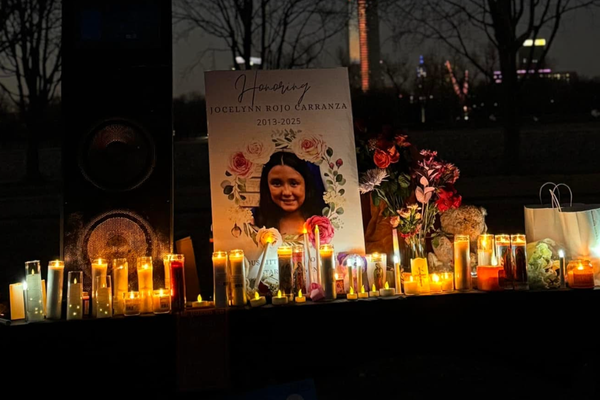
As the effects of climate change intensify tropical storms across the globe, a new study has proposed updating the category of hurricane strength to the currently used scale. Published in the Proceedings of the National Academy of Sciences, the study proposes any hurricane with winds sustaining 192 mph or more should be classified as a category 6 storm — an extension of the current scale "to communicate that climate change has caused the winds of the most intense (tropical cyclones) to become significantly higher." The commonly used Saffir–Simpson hurricane wind scale was designed as a public communication tool to help people easily understand the relative risk of damage from oncoming storms in the 1970s. It currently lumps all hurricanes together into category 5 if they have winds exceeding 157 mph. But the researchers, a duo from the Lawrence Berkeley National Laboratory and the University of Wisconsin-Madison, argue that as hurricanes become more intense, the public need a better way to gauge each one's relative danger.
"Our motivation here is to reconsider how the open-endedness of the scale can lead to an underestimation of risk, and, in particular, how this underestimation becomes increasingly problematic in a warming world," the researchers wrote. "We find that a number of recent storms have already achieved this hypothetical category 6 intensity and based on multiple independent lines of evidence examining the highest simulated and potential peak wind speeds, more such storms are projected as the climate continues to warm .... Five of those storms exceeded our hypothetical category 6 and all of these occurred in the last 9 years of the record."
In their research, the scientists cite the devastating Typhoon Haiyan as an example of a potential category 6 hurricane. Reaching 195 mph, it killed at least 6,300 people in the Philippines in 2013. They also cited 2015's Hurricane Patricia, then the most powerful storm on record, whose flooding affected more than 223,000 people in Mexico even as effective evacuation methods minimized fatalities. When it made landfall, Hurricane Patricia was still classified as a category 4 storm. It was reclassified to a category 5 in less than 24 hours, a pace faster than any other storm. Researchers say that risks for "category 6" mega-hurricanes like these could double in the Gulf of Mexico if average temperatures reach 2 degrees Celsius above preindustrial levels. Those risks could triple at 4 degrees Celsius.







